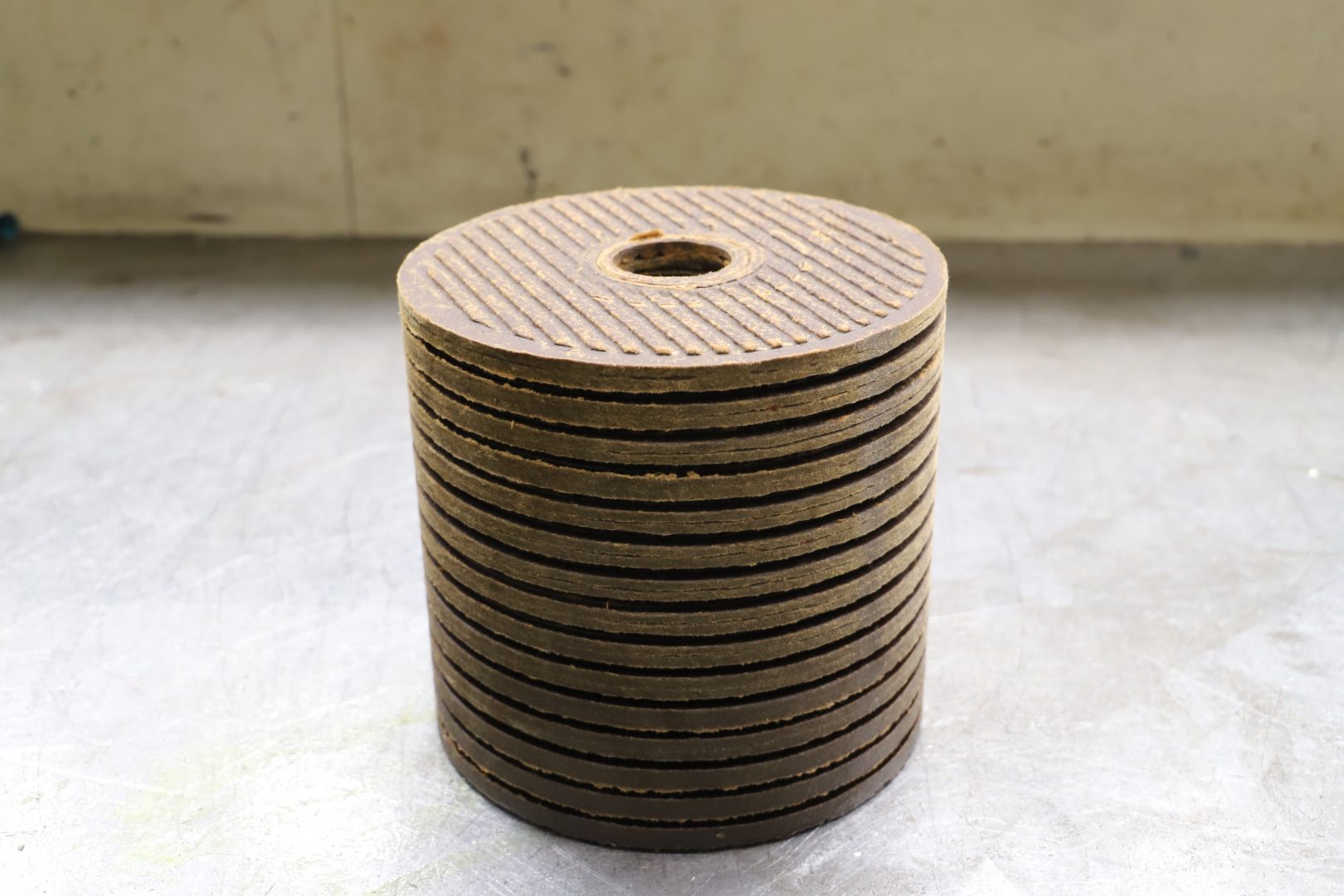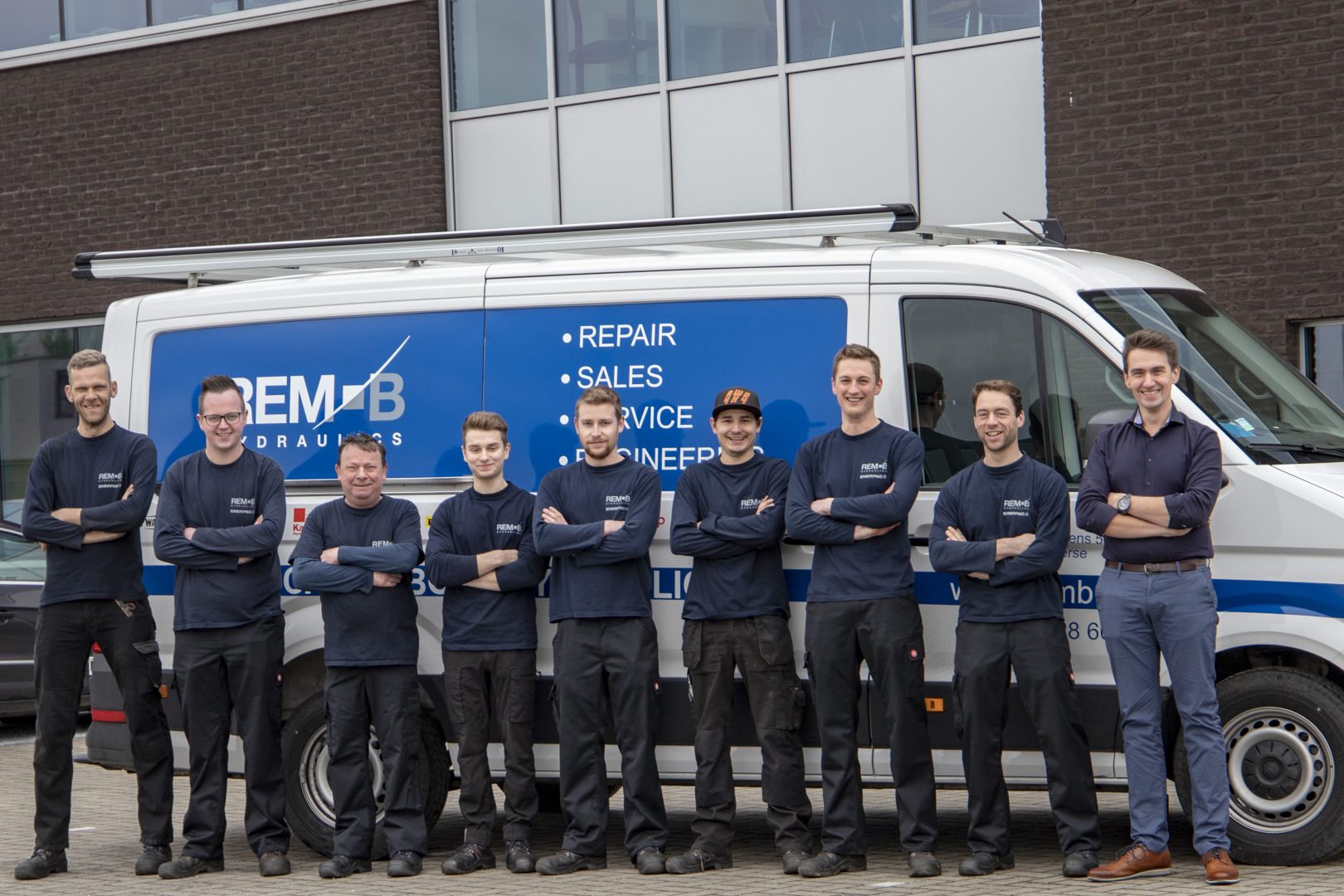VARNISH A COSTLY SUBSTANCE
Have you ever noticed a brown sticky substance on your parts when you opened a hydraulic component ?
This is varnish.
Varnish is an inevitable byproduct of many degradation processes in hydraulic systems. It is caused by the the buildup of insoluble soft contaminant oxidation byproducts. These oxidation byproducts are caused by a combination of water, heat and oxygen. One of the main culprits of this oxidation is excessive heat. The heat is caused by static discharge which occurs throughout the entire hydraulic system, causing the formation of varnish. This static discharge causes very hot sparks which create hot spots in the system, which cooks the oil temporarily, degrading the oil, facilitating it’s decomposition and forming byproducts.
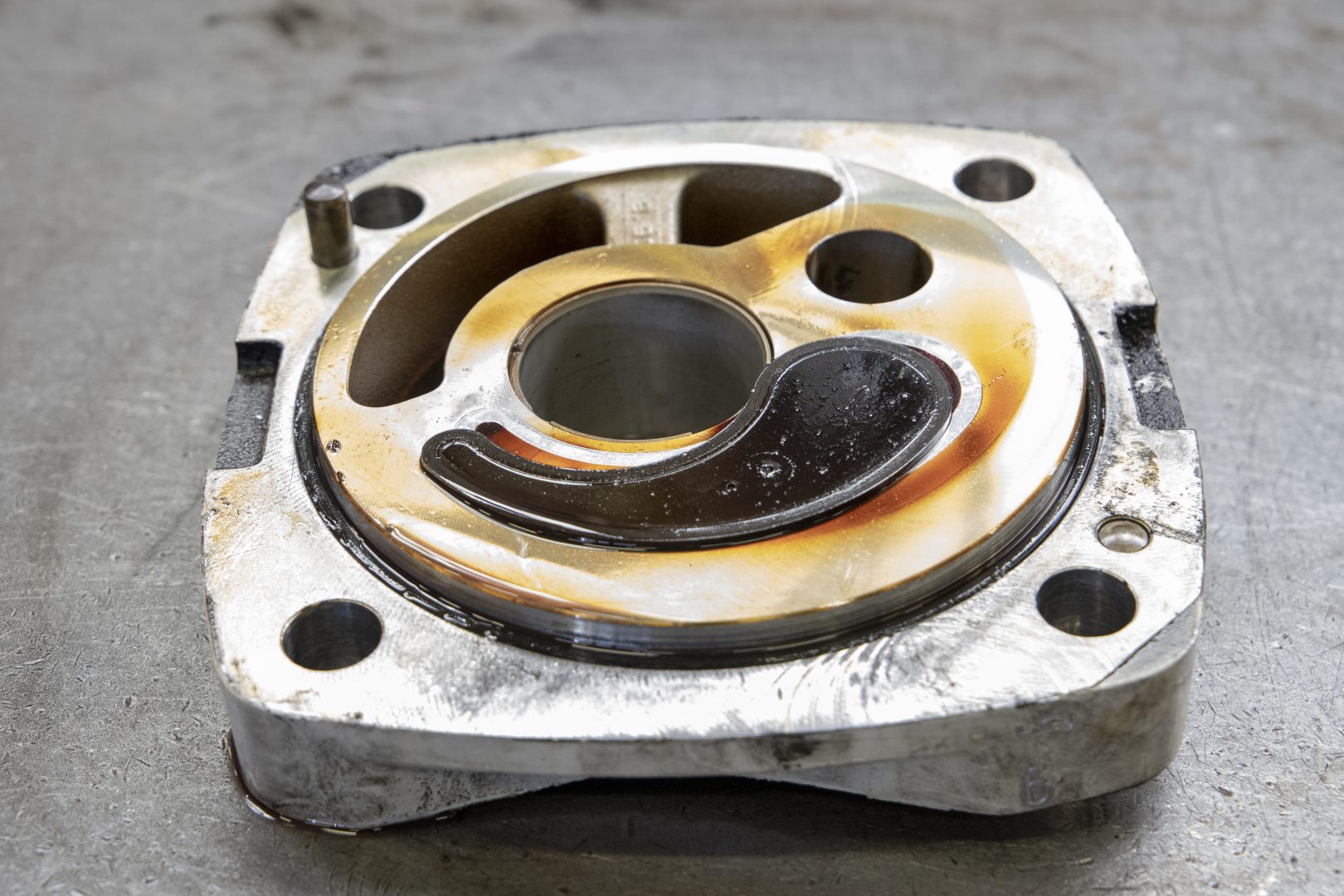
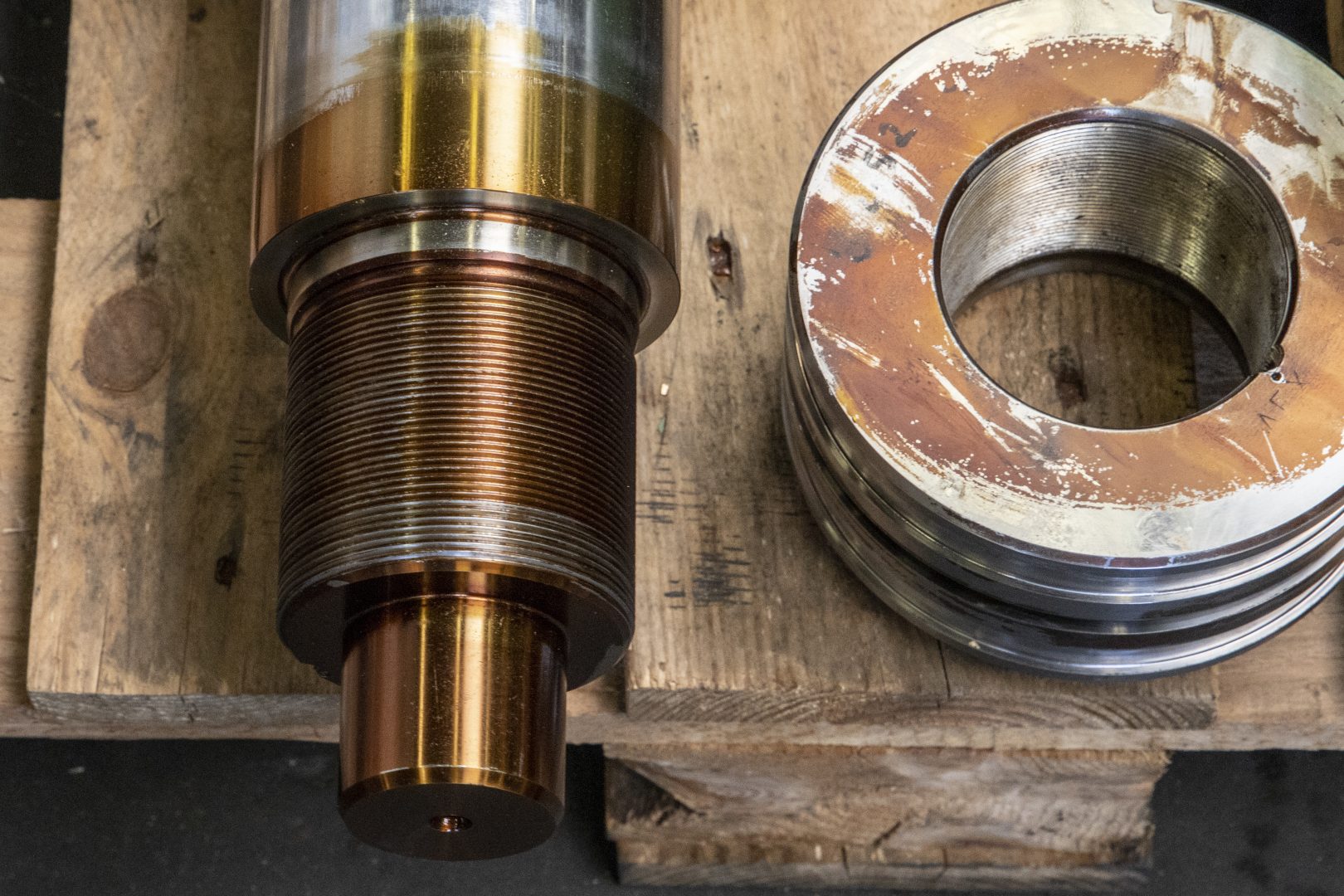
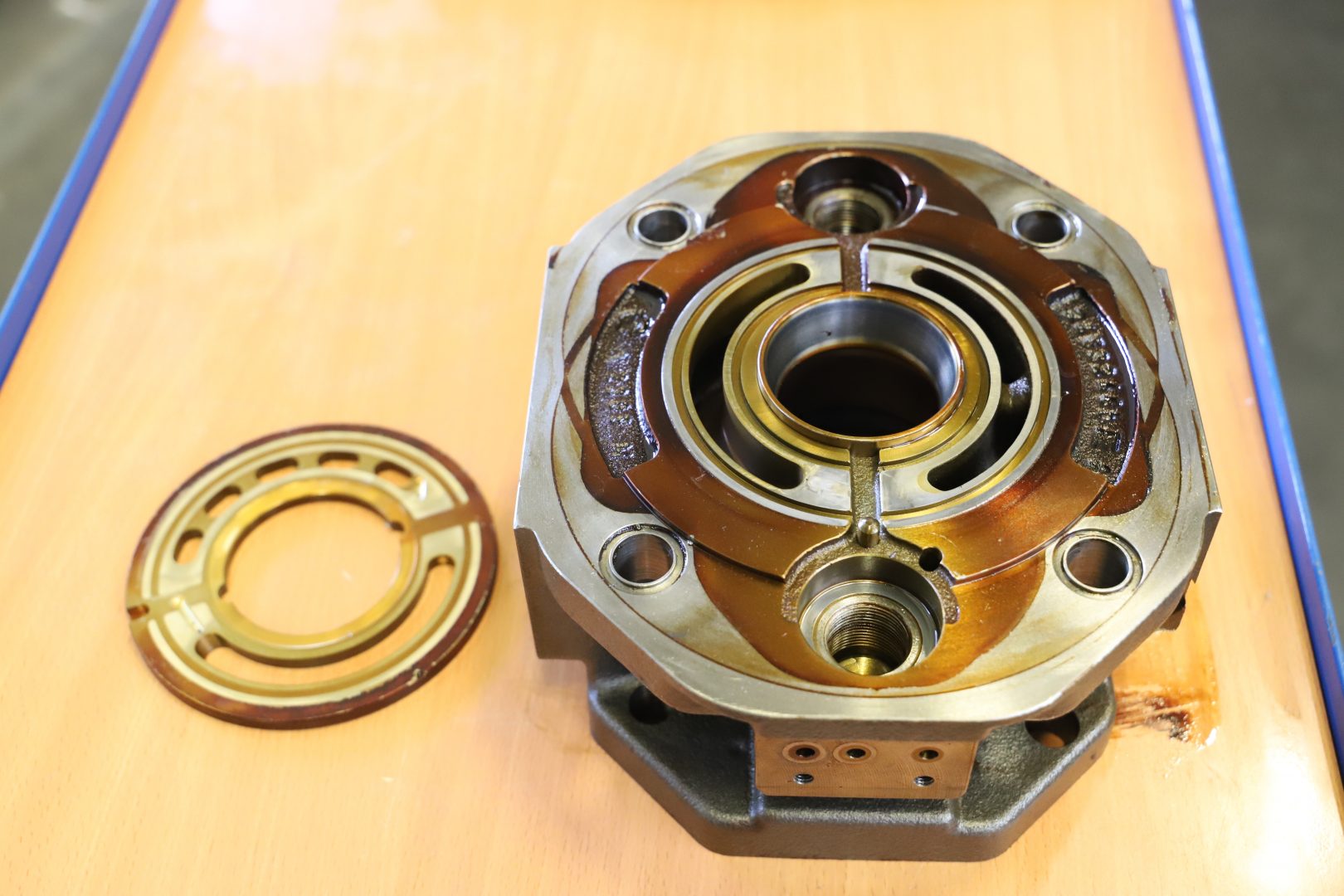
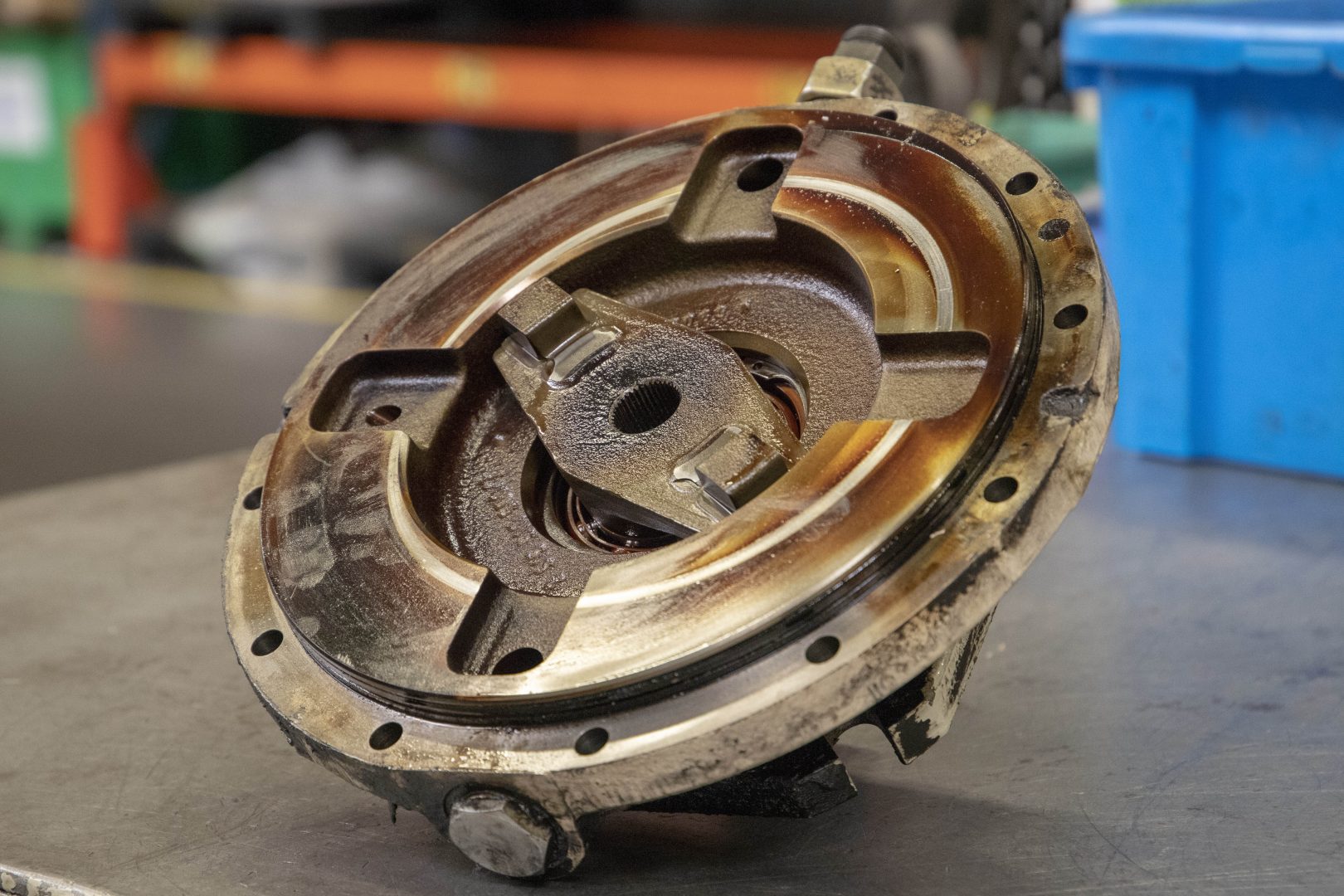
So varnish is formed by oxidation byproducts that overcome the solubility of the oil and due to thermal degradation from system hot spots caused by sparking.
Varnish starts as a sticky soft residue sticking to the metal and so preventing the anti-wear additives in the oil from attaching, thereby increasing wear of the component. Debris get stuck in the sticky varnish, causing the wear.
Varnish usually makes its presence known with poor response from hydraulic valves and by the need to replace filters more often because they are clogging up more frequently and this due to sludge and building up of varnish. All of this causes a reaction in the hydraulic system that results in erroneous operation, increased wear on hydraulic valves, pumps and motors, a shorter lifespan of the hydraulic oil due to higher level of oxidation, less efficient operation and increased downtime. Erratic operation of hydraulic actuators is regularly one of the first signs of varnish build-up. The cylinder will appear to be stuck sometimes, but it is the valve spool in the body that cannot operate freely.
How can we help ?
Our service team has a mobile varnish removal at its disposal, contact us for more information !
Our hydraulic service professional will after a thorough research in cooperation with the client, propose a tailormade solution which will fix your problem and which optimises the condition of your oil and the health of your hydraulic system and thus reducing your downtime.
Next to treating your system with a mobile varnish removal unit, we can install bypassfilters which contract the varnish and keeps it out of your system.
Contact us we’d be glad to help getting your system back in mint condition
For more information regarding our hydraulic field service team click on link below:
https://www.rem-b.com/en/service/
Sources:
- HYDRAULICS & PNEUMATICS . Problems and sources of varnish in hydraulic fluid. Lew Lucas (2007) Informa USA, Inc. 2019. [URL :https://www.hydraulicspneumatics.com/200/TechZone/
HydraulicFilter/Article/False/63496/TechZone-HydraulicFilter] - FORCONSTRUCTIONPROS.COM Strategies to vanquish varnish formation. Jim Carroll.May (2014). [URL: https://www.forconstructionpros.com/equipment/fleet-maintenance/article/11386202/how-to-vanquish-varnish-formation-in-hydraulic-systems]
- HY-PRO. What Are the Causes of Varnish in Hydraulic Oil? A.Hoeg (2012). Hy-pro filtration.2016. [URL: https://info.hyprofiltration.com/blog/bid/241280/causes-of-varnish-in-hydraulic-oil]
.

